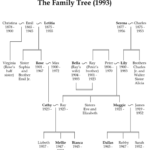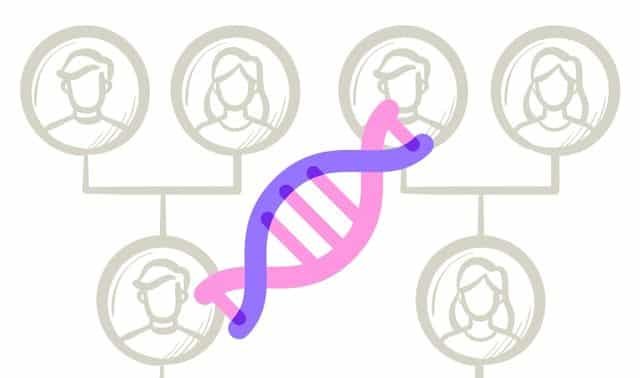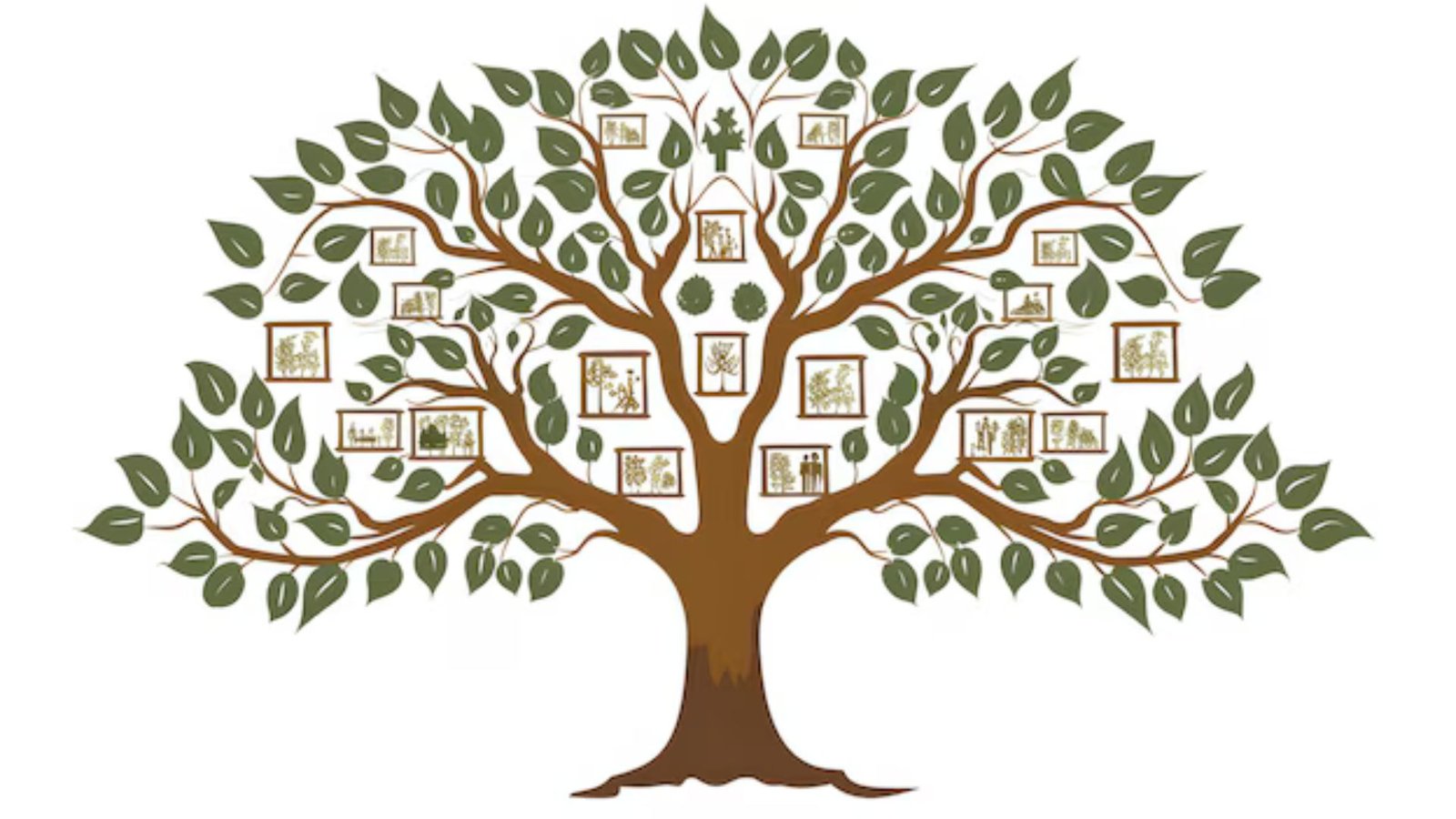DNA testing has revolutionized the way we explore our ancestry and build family trees. Unlike traditional methods relying solely on historical records and oral histories, DNA testing offers a scientific approach to uncovering familial connections and verifying ancestral lines. Here’s how it plays a vital role in modern family tree research.
1. Discovering Hidden Connections
DNA testing can reveal relatives you never knew existed. By comparing your DNA with others in databases, you might discover distant cousins, unknown branches of your family, or even new ancestral lines. This is particularly helpful when traditional records are scarce or unavailable.
2. Confirming Ancestral Links
One of the primary benefits of DNA testing is its ability to verify family tree relationships. For instance, Y-DNA tests trace direct paternal lines, while mitochondrial DNA (mtDNA) follows maternal ancestry. These tests can confirm suspected links or refute errors in genealogical records.
3. Breaking Through Brick Walls
In family tree research, “brick walls” refer to dead ends where no records exist to continue tracing ancestry. DNA testing often provides the breakthrough needed. For example, adoptees or individuals with limited knowledge of their biological families can use DNA matches to uncover roots and build connections.
4. Understanding Ethnic Heritage
Autosomal DNA tests provide insights into your ethnic makeup, offering a breakdown of your heritage by regions or populations. This can enrich your family tree by revealing migration patterns or connections to cultures you may not have known were part of your lineage.
5. Collaborating with Others
Many DNA testing platforms include online tools for connecting with genetic matches. By collaborating with distant relatives, you can share information, photos, and documents, making it easier to expand your family tree.

6. Resolving Family Mysteries
DNA testing has been instrumental in solving long-standing family mysteries, such as identifying unknown parents, clarifying paternity disputes, or finding missing relatives. These discoveries bring closure and often enrich family stories.
7. Providing Insight into Genetic Traits
Beyond family tree research, DNA testing can shed light on inherited traits, such as predispositions to certain health conditions. While this is not directly related to ancestry, it adds depth to understanding your genetic heritage.
Challenges and Considerations
While DNA testing offers incredible benefits, it’s not without challenges. Interpreting results can be complex, and ethical concerns arise regarding privacy and consent. Additionally, matches may reveal unexpected or sensitive information, such as non-paternity events or undisclosed adoptions.
Choosing the Right DNA Test
Different DNA tests serve different purposes:
- Autosomal DNA Tests: Ideal for exploring ethnic heritage and finding relatives within the past five to seven generations.
- Y-DNA Tests: Best for tracing direct paternal lines.
- Mitochondrial DNA Tests: Used for uncovering maternal ancestry.
Combining DNA testing with traditional genealogy methods creates a powerful toolkit for building a detailed and accurate family tree. By embracing this technology, modern researchers can uncover deeper connections, break barriers, and preserve their legacy for generations to come.










